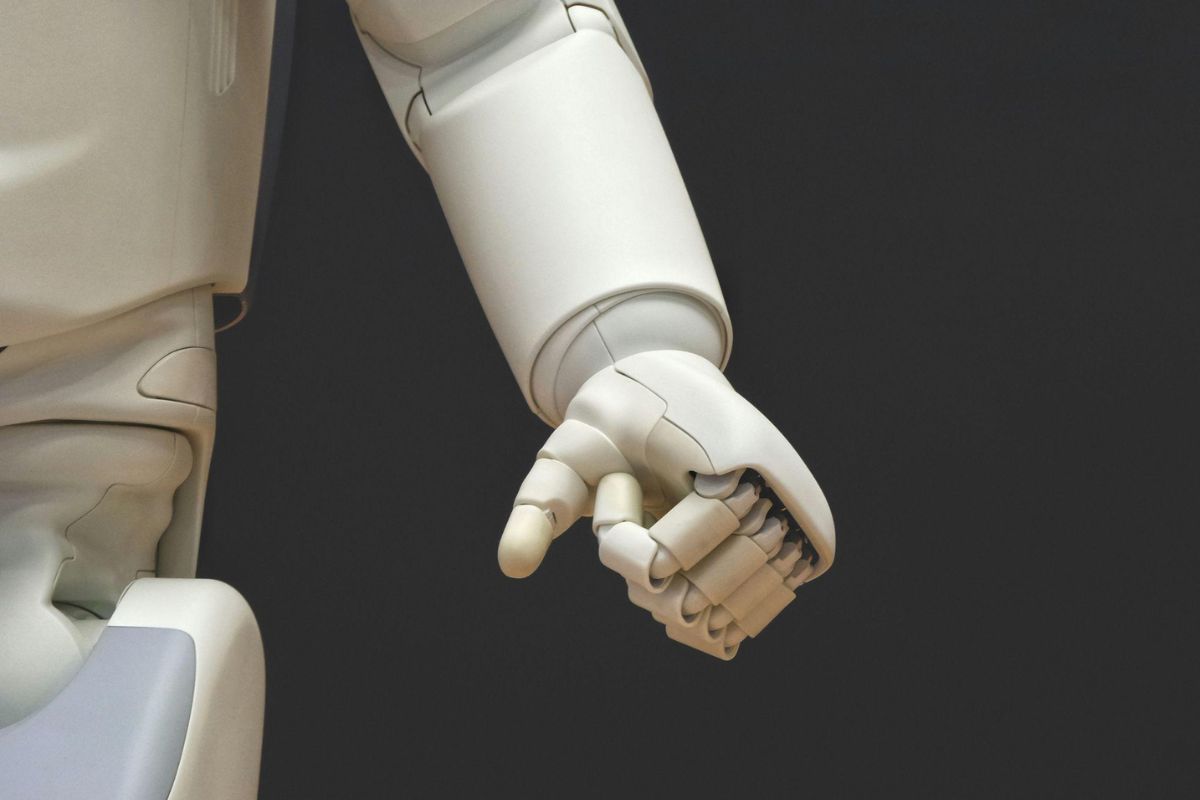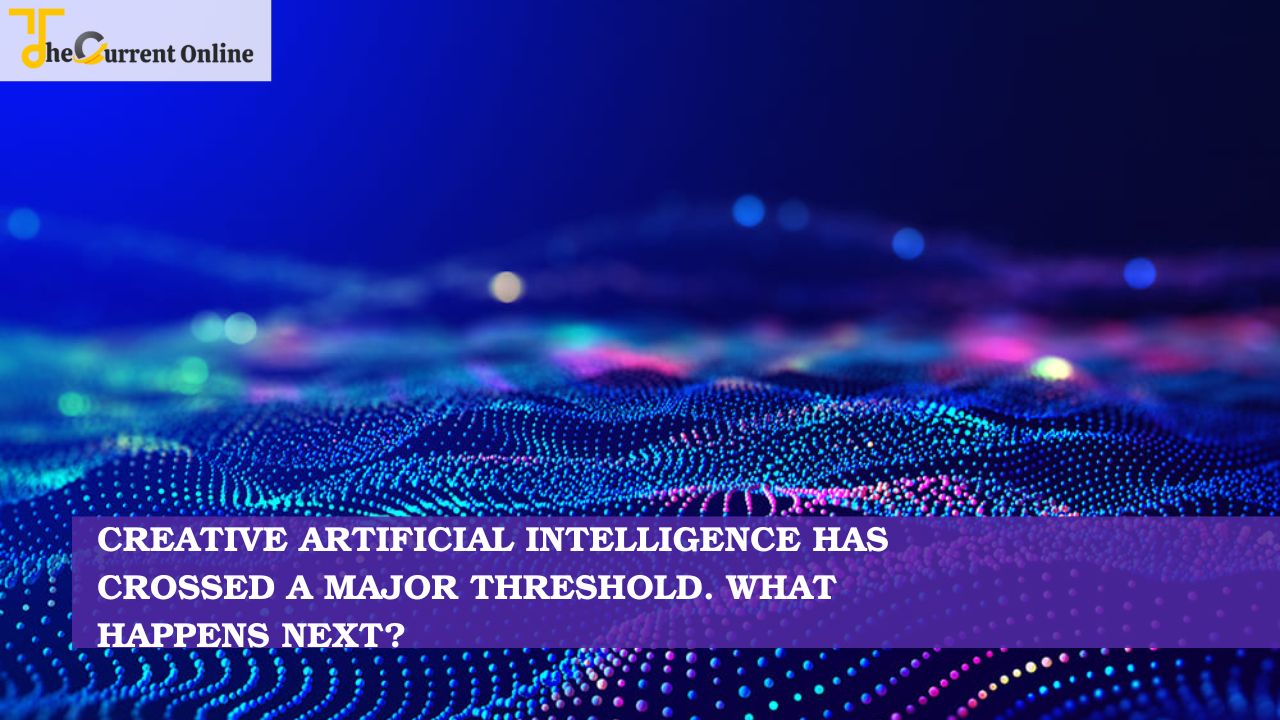Imagine a future when much of the time spent performing tedious tasks could be eliminated; enabling individuals to make the most out of each day. How interesting would it be if robots were capable of handling work that might otherwise be too dangerous for humans? The reality is closer than many have been led to believe.
Tesla is a company famous for its innovative products, and another ongoing project could soon take the world by storm. Known simply as Optimus, a new humanoid robot is set to transform numerous industries. Let’s examine its primary purposes as well as the benefits that it can provide.
A Step in the Right Direction
Tesla founder Elon Musk claims that Optimus will primarily be used (at least at first) as a robot engineered to perform manual and/or risky tasks. It will therefore be more present within commercial and industrial environments as opposed to waiting tables at a local restaurant.
However, this very same notion of smart workplace automation is certainly nothing new. This concept was first enacted during the 1960s and 1970s when robots (although rudimentary at the time) began to make their way into large-scale manufacturing facilities.
One of the advantages of the Optimus’ project and humanoid robots we are seeing today it’s that the population is already used to working with AI. Automated messages after registering in an online casino in NZ or other kinds of websites, calling customer service, or voice assistants like Siri already rely on AI. New Zealand companies have been using AI to enhance user experience through personalized recommendations and efficient customer support, thereby improving their final results and gaining more satisfied clients.. Even though this will be another step in this direction, it won’t be as shocking as having humanoid robots from the get-go.
What is the Big Deal?
So, why has Optimus recently featured in many news articles? The best way to answer is to use a real-world example to appreciate what this robot may be able to provide to the general public.
Imagine for a moment that a professional has relocated to New Zealand in order to manage a factory floor. As opposed to being mired within quality control quagmires, what if smart humanoid robots were able to perform complicated tasks with completely reliable accuracy? Not only would this enhance workplace automation, but more time could be devoted towards other pursuits.
When is Optimus Slated to be Released?
At the moment, Optimus is still somewhat of a work in progress. Although it has certainly moved past the initial proof-of-concept stages, most experts agree that a handful of “bugs” will need to be worked out. This is even more relevant when we consider that Tesla and Elon Musk himself were slightly embarrassed in the past after having launched products that failed to meet consumer expectations.
Industry analysts nonetheless agree that Opimus should be released by the end of 2025, although the number of robots is yet to be determined.
Musk is quite confident that Optimus will represent a true game changer in relation to industrial efficiency. He even claims that domestic Optimus models ideally suited for home chores are not far off. Although we should not expect to be plunged into a dystopian Terminator-like future, the fact of the matter is that artificial intelligence and streamlined automation are transforming the world as we know it.




